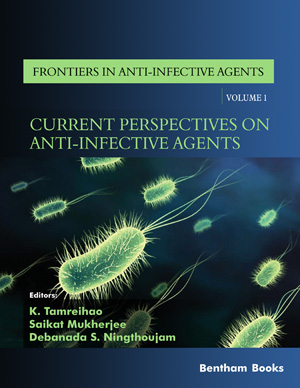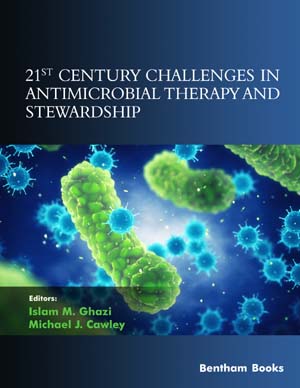Abstract
Within the testes there is a considerable histological diversity, reflected in a significant variety of different circumscribed environments and cells. As is always the case regarding structures slowly forged by evolution, this translates into meaningful differences in the physiology and function for each cell type. Leydig cells are essentially known for their steroidogenic potential; Sertoli cells are known for their local support to germ cells, and peritubular myoid cells are rapidly transcending a simple structural role. They are all known to actively determine and contribute to spermatogenesis in some way. Moreover, the physiological interplay between these types of cells is known to functionally impact male fertility. However, the specific physiological mechanisms by which each cell type governs spermatozoa production are not fully accounted for, and pathways underlying the cooperative action of these cells in the process are far from being clarified. Increased knowledge regarding the function and interaction of these cells could potentially lead to important breakthroughs within the contexts of testes disease, infertility and contraception.
Keywords: Blood-testis barrier, Cell differentiation, Energetic metabolism, Hormonal regulation, Leydig cells, Paracrine regulation, Peritubular myoid cells, Sertoli cells, Spermatogenesis, Steroidogenesis.






















